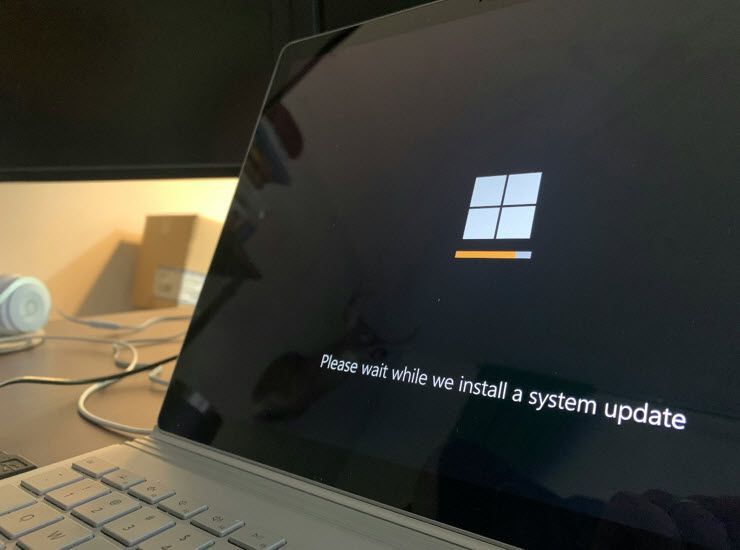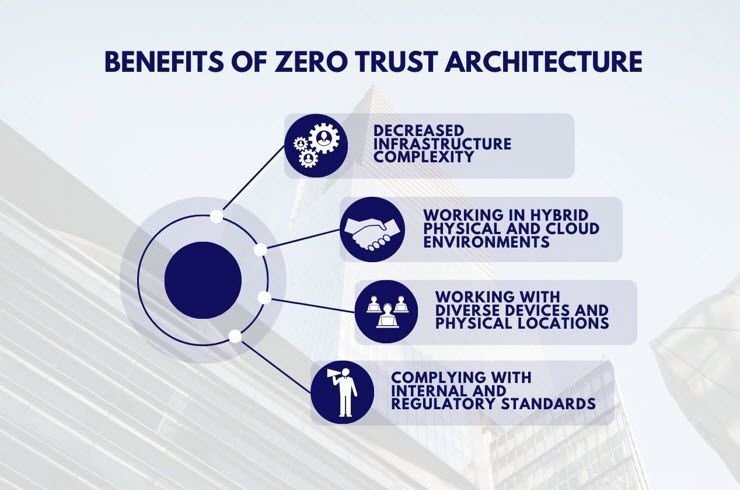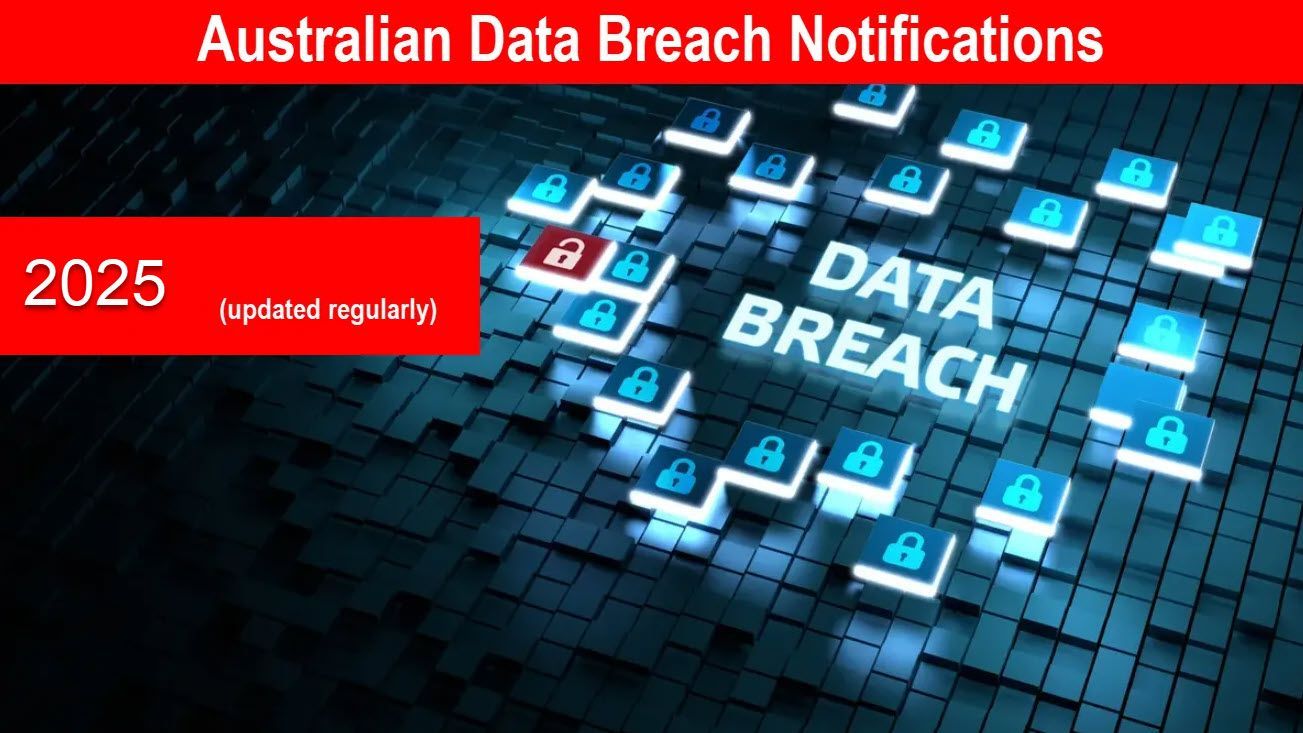Effective Measures for Data Breach Prevention in 2024

Lately, data breaches have become increasingly common, causing significant challenges for businesses and their customers. Unfortunately, it’s often an accidental or deliberate error of the employees that puts sensitive data at risk.
Some companies keep repeating the same mistakes without even realising them, and it has caused some of the biggest data breaches in history.
The best strategy for protecting yourself and your business against the consequences of a data breach is prevention.
Here in this article, we are going to provide you with some simple, but effective measures for data breach prevention in 2024.
So, let us get started.

What Is a Data Breach?
A data breach is a security incident that happens when cybercriminals gain unauthorised access to sensitive data or confidential information.
Breaches can include different types of data, such as healthcare data, financial records, and personally identifiable information.
For businesses, experiencing a data breach can lead to significant financial losses and damage to their reputation—see the cost of a data breach report (2023). Alternatively, certain businesses might gain a competitive advantage from specific data breaches.
For individuals, the outcomes of data breaches can include identity theft, financial fraud, and privacy breaches.
How to Prevent Data Breaches?
As we know, a data breach can cause significant loss to an organisation, its customers, and its reputation. Therefore, it is essential to keep the data safe in order to build trust and avoid any financial headaches.
Let’s discuss some of the most effective preventive measures you can adopt for data breach prevention.
NOTE: Remember, don’t rely on a single tool or a technique to prevent a data breach. Instead, go for a multilayer defence system to protect your data both from internal and external threats.
Let’s now take a look at our guide.

1. Use Secure Passwords
The use of secure passwords is an important measure in preventing data breaches.
You should impose a policy that requires each person to use complex passwords to avoid any problems. That means they should be at least eight characters long and contain a mix of letters, numbers, and symbols, making them harder to figure out.
The other step you can take is to encourage your customers to:
- Change their password after a few months, and
- Don’t use the same password for different accounts.
These steps might sound simple but they can significantly reduce the chances of data breaches.

2. Regularly Update Software & Systems
Another way to prevent a data breach is by keeping all your software and computer systems up to date.
Software updates not only contain new features but also security patches that address security gaps in the software.
So, it is important to update regularly.
Neglecting to implement updates leaves the systems vulnerable to known and unknown threats.
NOTE: This doesn’t apply only to your security software but to all other software. In fact, it includes your operating system as well.
You can also purchase security software and automate them to run constantly. Automated tools scan continuously for vulnerabilities and actively manage them before they are manipulated.

3. Employee Training and Awareness Programs
For organisations and businesses to adapt effectively to new cyber threats, it is vital to arrange cyber training and awareness programs for employees.
Make sure that the training materials are specifically focused on helping them recognise, avoid, and report phishing scams and other cybersecurity threats. Also, these sessions should include how to create strong passwords, how to identify suspicious links or attachments, and how to properly handle sensitive information.
Making this training a part of routine through regular emails or newsletters ensures that everyone is provided with the knowledge needed to protect your organisation’s data.

4. Regular Monitoring
Regularly monitoring network activity is another effective measure to prevent a data breach. Continuously observe your network, systems, and data to detect anomalies that could signal a cybersecurity threat.
Additionally, network monitoring tools enhance your capability to detect any doubtful activity—such as unusual login attempts or large amounts of data being transferred out of your network.
By monitoring network activity consistently, you can easily identify and address any threats before they cause significant security problems.

5. Perform Regular Backups
Performing regular backups adds another layer of defence against data breaches.
Some data breaches can brutally delete all your vital information. Therefore, taking regular backups of all essential data assets is an important consideration to quickly restore important systems in case of a data breach incident.
For that purpose, you must have an automated remote backup system that protects you from losing important data.
Furthermore, it is wise to regularly update and store these backups in a secure location.

6. Zero Trust Architecture
Zero trust is a framework that believes all network activity, whether inside or outside of your organisation, is a security threat.
Therefore, the default level of trust cannot be assigned to any user, app, or service based solely on their location.
It means continuously verifying all users and devices whenever granting access to sensitive resources. This way you minimize the capability of anyone to move around different systems to steal data.
Implementing a zero-trust architecture involves more than adopting a single tool. It demands a phased approach that includes technology, processes, and organizational culture. Multi-factor authentication and privilege escalation management policies are just a couple of the many controls needed to secure against account compromises.
This approach ensures that only the right people get access to the right data, reducing the chance of a data breach.

7. Multi-Factor Authentication
To make sure that only authorised users can access the sensitive information, you need to execute multi-factor authentication (MFA). This security measure demands two or more different categories of evidence to verify a user’s identity.
MFA can include a variety of factors, such as something only you know (your password), something only you are (your fingerprint or facial recognition), or something only you have (that generates a code).
Thus, it’s a way to ensure that even if a password gets stolen there’s still a very low chance of unauthorised access.

8. Network Segmentation
Network segmentation is a network security technique that deliberately separates important segments within your organisation’s network.
Despite your best efforts, if a hacker has breached your network, you can still stop their lateral movement by segmenting sensitive network areas. Although network segmentation enhances security, it can introduce complexities and increase management costs if not implemented carefully.
If you have the budget and the expertise to implement network segmentation, then it can be one of your strong suits against data breaches.

9. Data Encryption
Proper data encryption acts as a solid last line of defence.
If someone manages to manipulate all other security measures and access sensitive data, encrypted data is still not readable. It’s imperative to employ encryption standards trusted by the government, ensuring maximum protection.
Data encryption policy should be applied to all internal data including data stored in physical or virtual devices such as SSDs, databases, or cloud storage.
Moreover, when transferring data via email or by other online means, make sure to use secure communication practices. Use methods like HTTPS, SSH, and VPN to maintain the confidentiality and integrity of the data in transit.
By integrating these practices, you will be at a lower risk of data breaches.
That’s it for today.
Let’s conclude the article here.
Conclusion
Preventing a data breach requires a multi-layer defence system.
Relying on a single tool or technique is not enough. Instead, try to implement a blend of proven techniques.
· Start by using secure passwords and regularly updating the system and software.
· Train your employees to spot and respond to cyber activities.
· Encryption adds an extra layer of security while network segmentation limits potential growth.
Remember, protecting your data isn’t just a simple task, it’s a long-term commitment to protect your business and customer trust.
Best regards.









